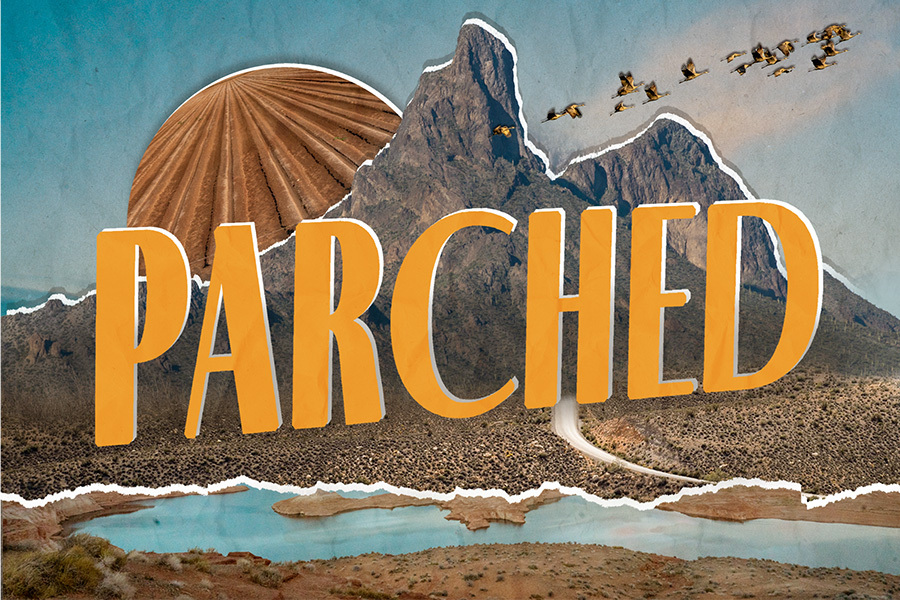
Ignored No More
Get everybody to the table to come up with Colorado River solutions together.

The Last Straw
The U.S. southwest is in a water crisis; it’s a front line of climate change.

Introducing ‘Parched’
Parched is a podcast about people who rely on the river that shaped the West – and have ideas to save it.
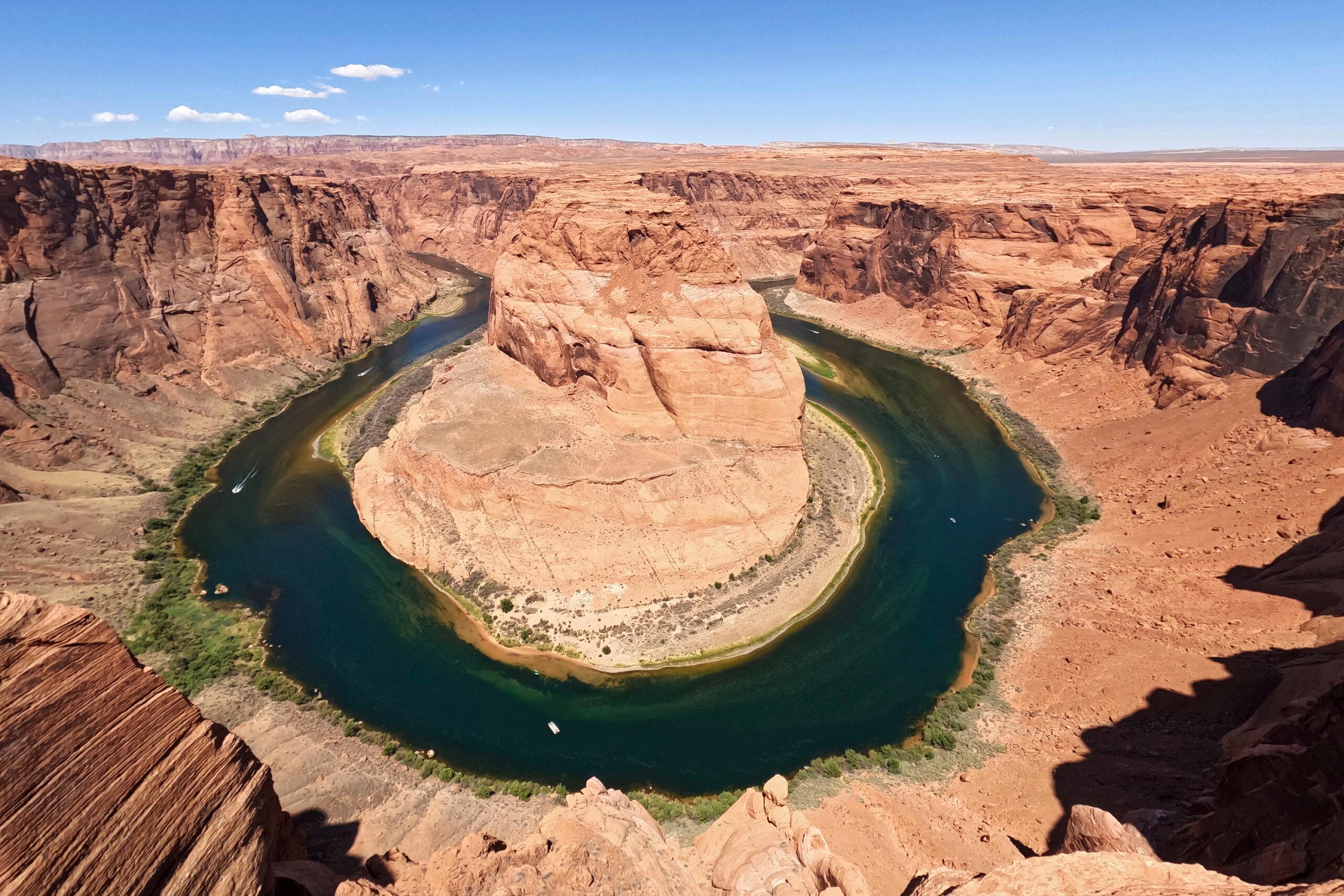
The Colorado River is drying up — but basin states have ‘no plan’ on how to cut water use
Water leaders, agriculture producers and environmentalists met in Grand Junction to discuss many ongoing problems caused by use and drought but few solutions.
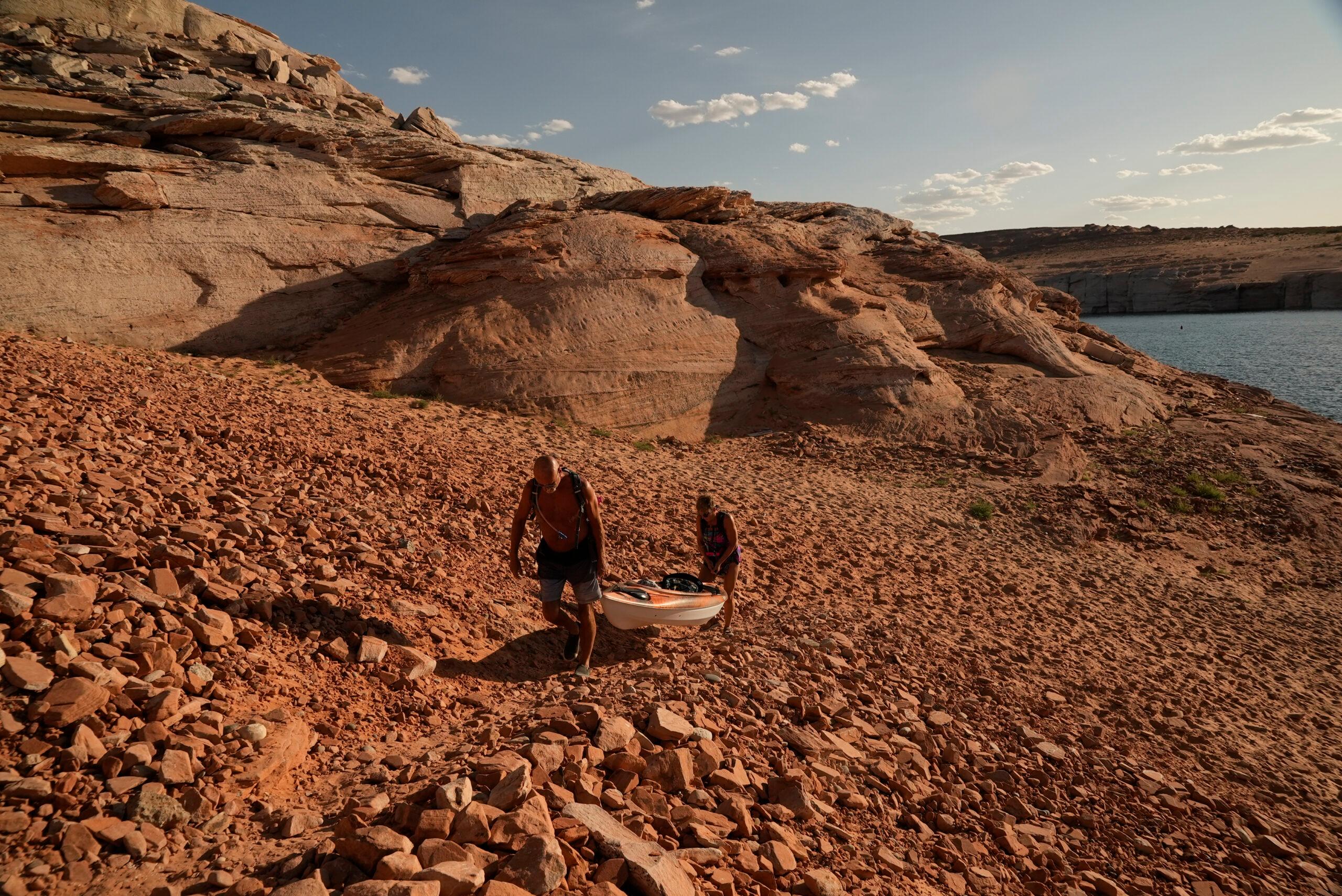
New water cuts are coming to some Colorado River states as the nation’s largest reservoirs dry up
The cuts are aimed at Arizona and Nevada, which were expected to help create a plan that would drastically reduce their use of the river. No plan was delivered.
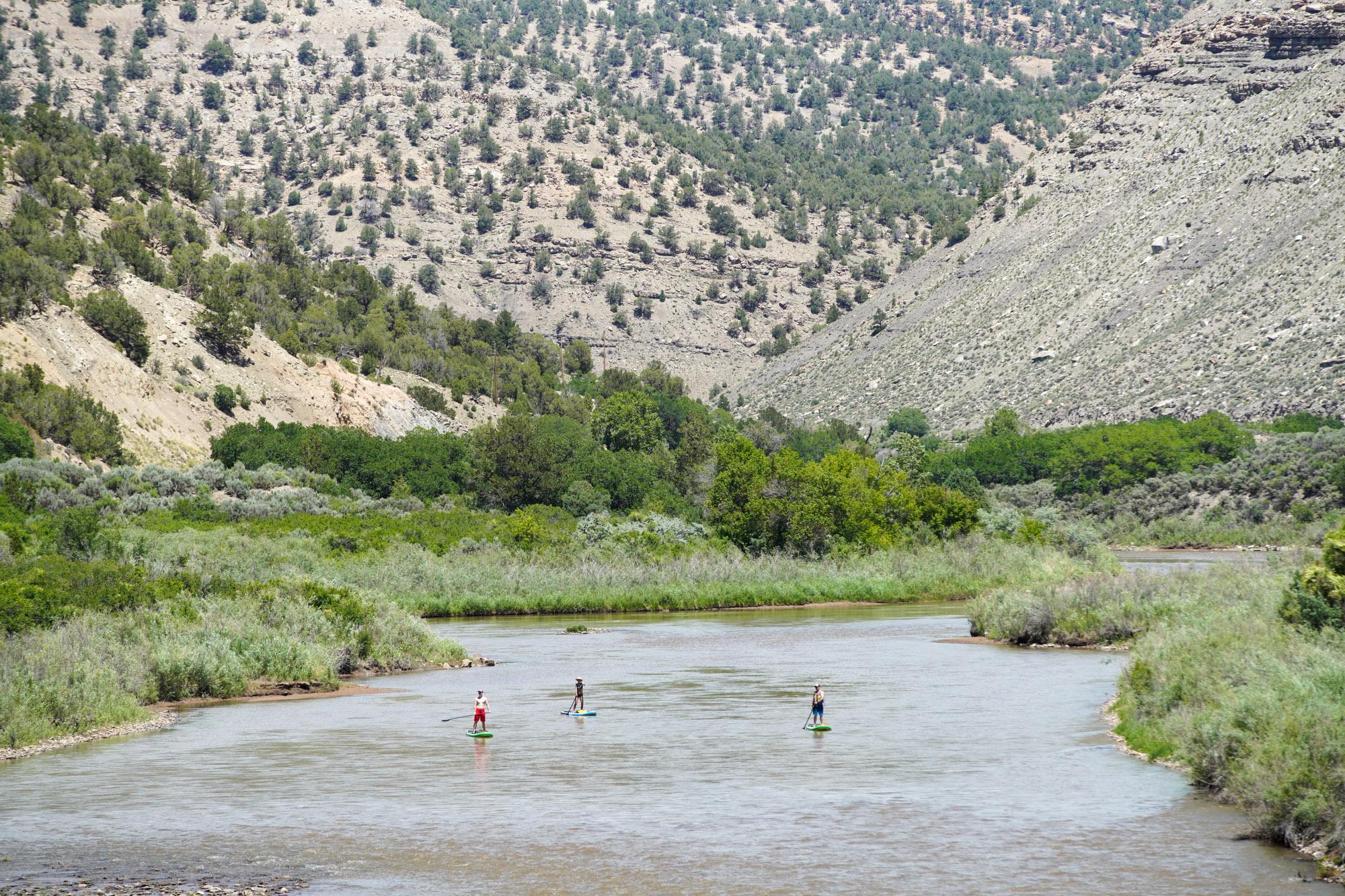
Colorado and other upstream states have a plan to help save the Colorado River. It doesn’t include any mandatory water cuts
Upper-basin states say further actions to protect critical reservoirs “must include significant actions focused downstream.”
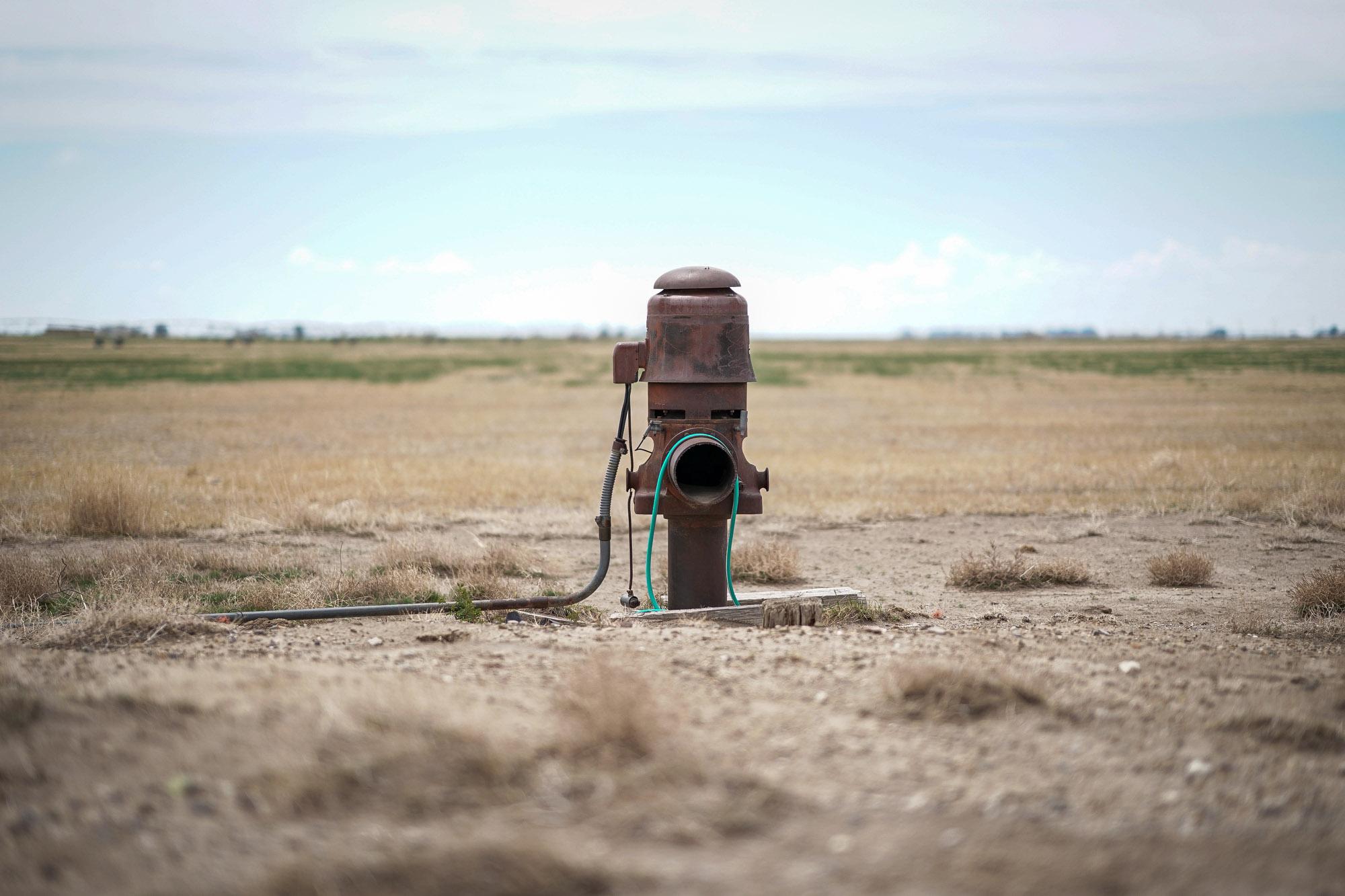
A 150-year-old San Luis Valley farm stops growing food to save a shrinking water supply. It might be the first deal of its kind in the country
If the conservation easement is finalized, it will end irrigation on 1,800 acres to protect groundwater levels.
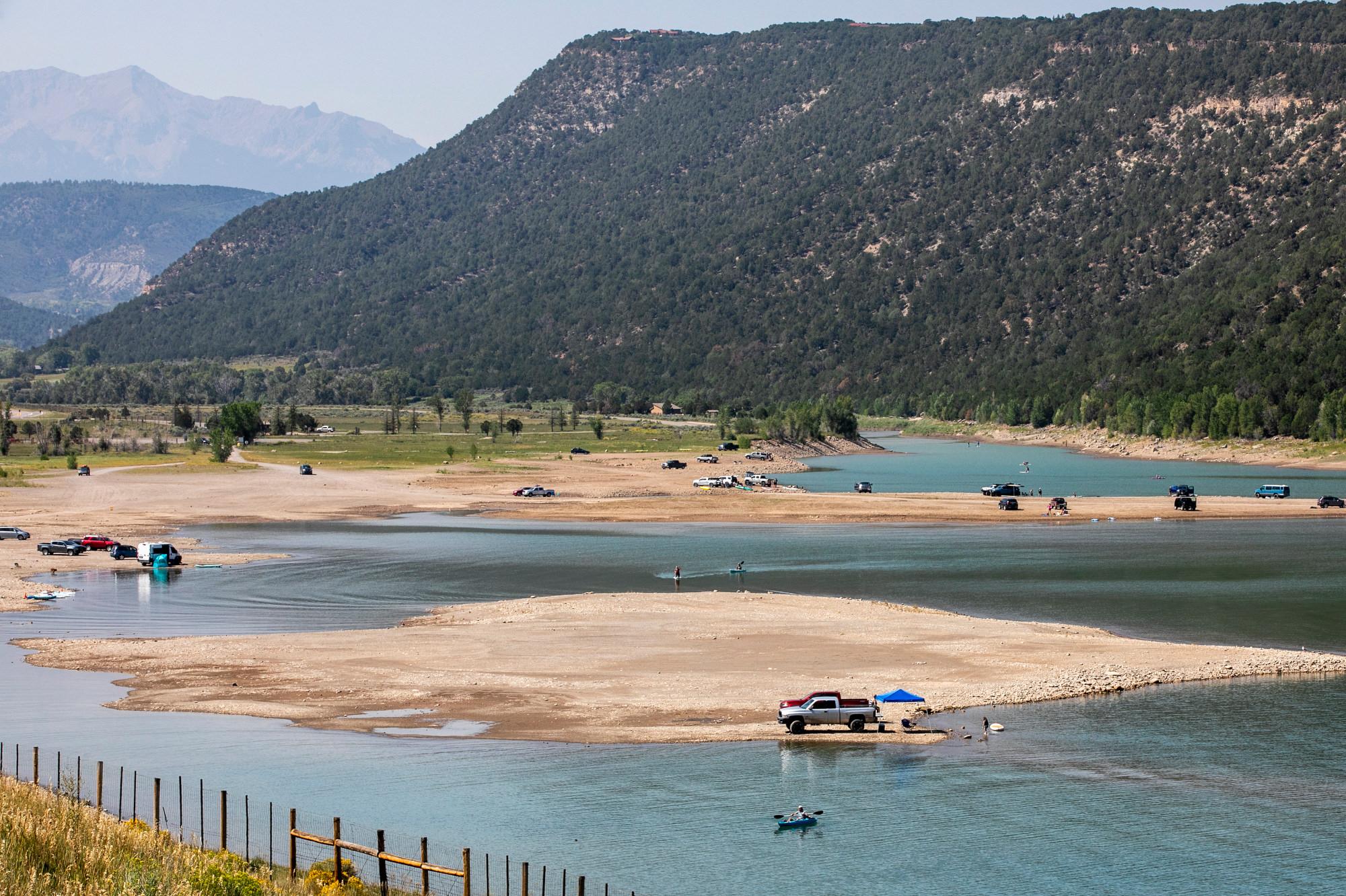
Colorado outlines its plan for how the state will deal with water shortages worsened by climate change and population growth
The reservoirs on the Colorado River, which starts in the mountains of Colorado and supplies more than 40 million people in the West with water, have hit critically low levels in the last year.
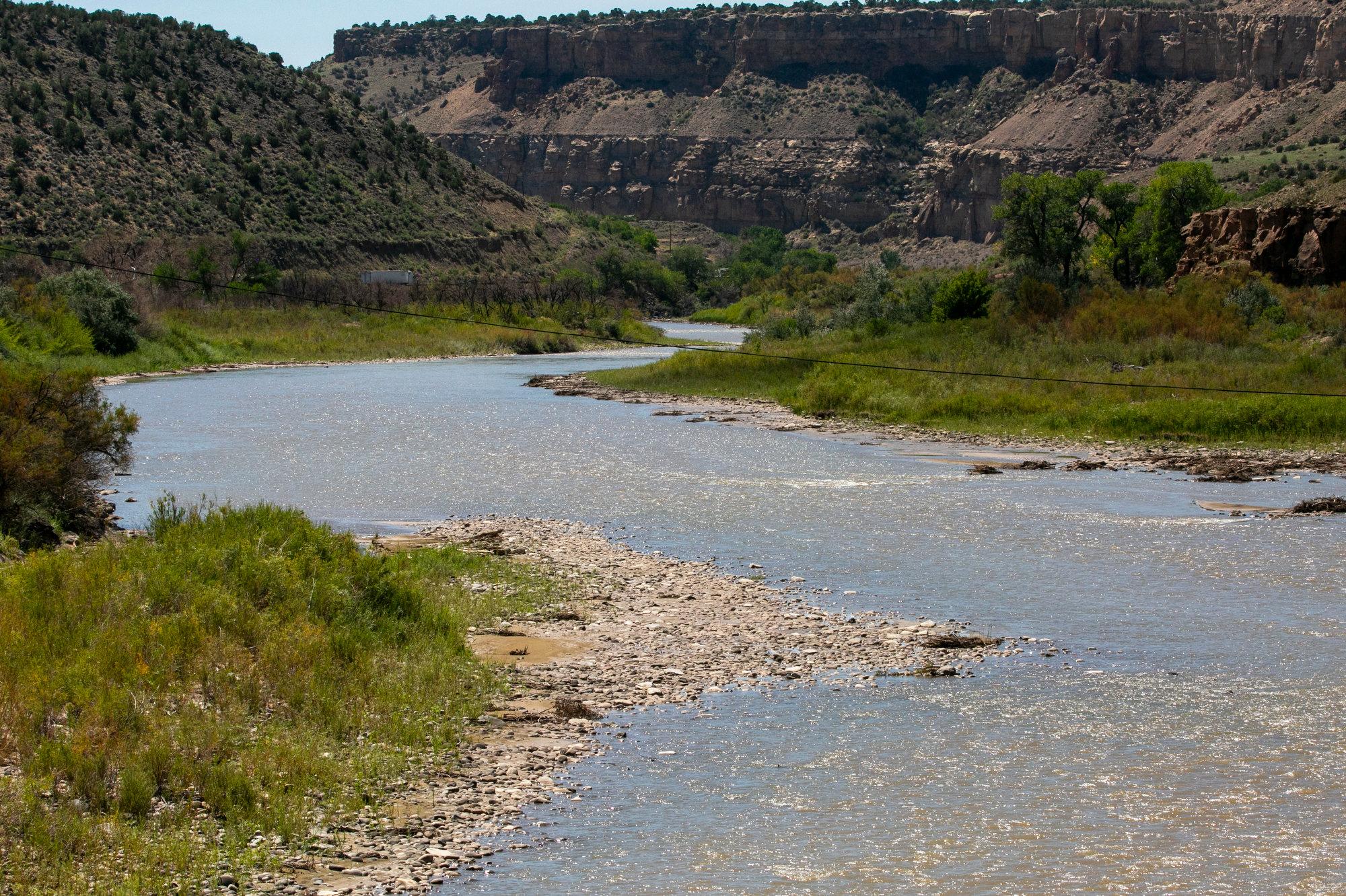
Colorado’s water leader thinks most of the needed Colorado River cuts should be made by Arizona, Nevada and California
The states in the Colorado River basin have two months to come up with a plan to drastically reduce the amount of water they use. If they don’t, the federal government could step in.
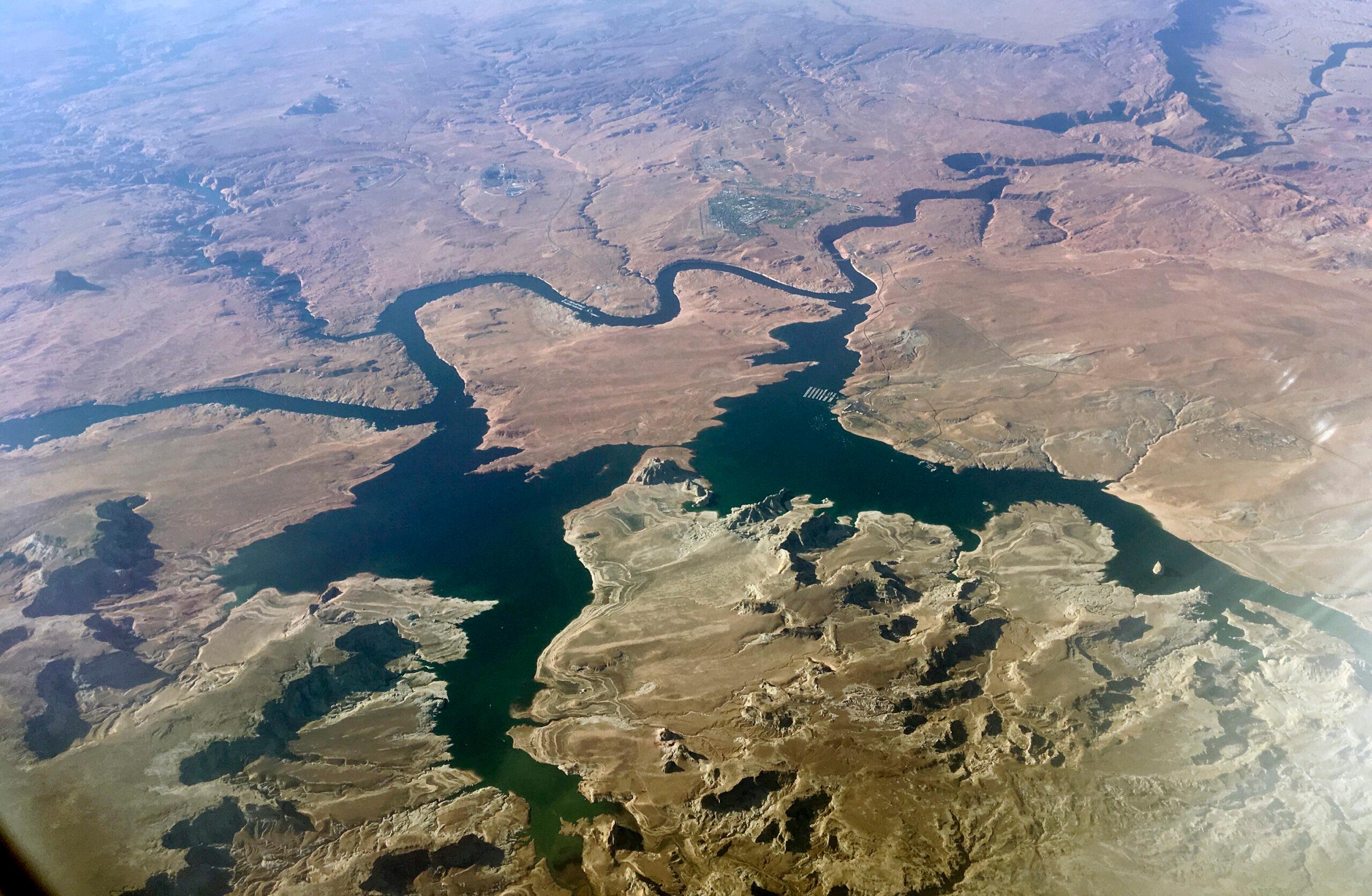
Colorado River states need to drastically cut down their water usage ASAP, or the federal government will step in
“We are facing the growing reality that water supplies … are no longer stable due to climate change.”
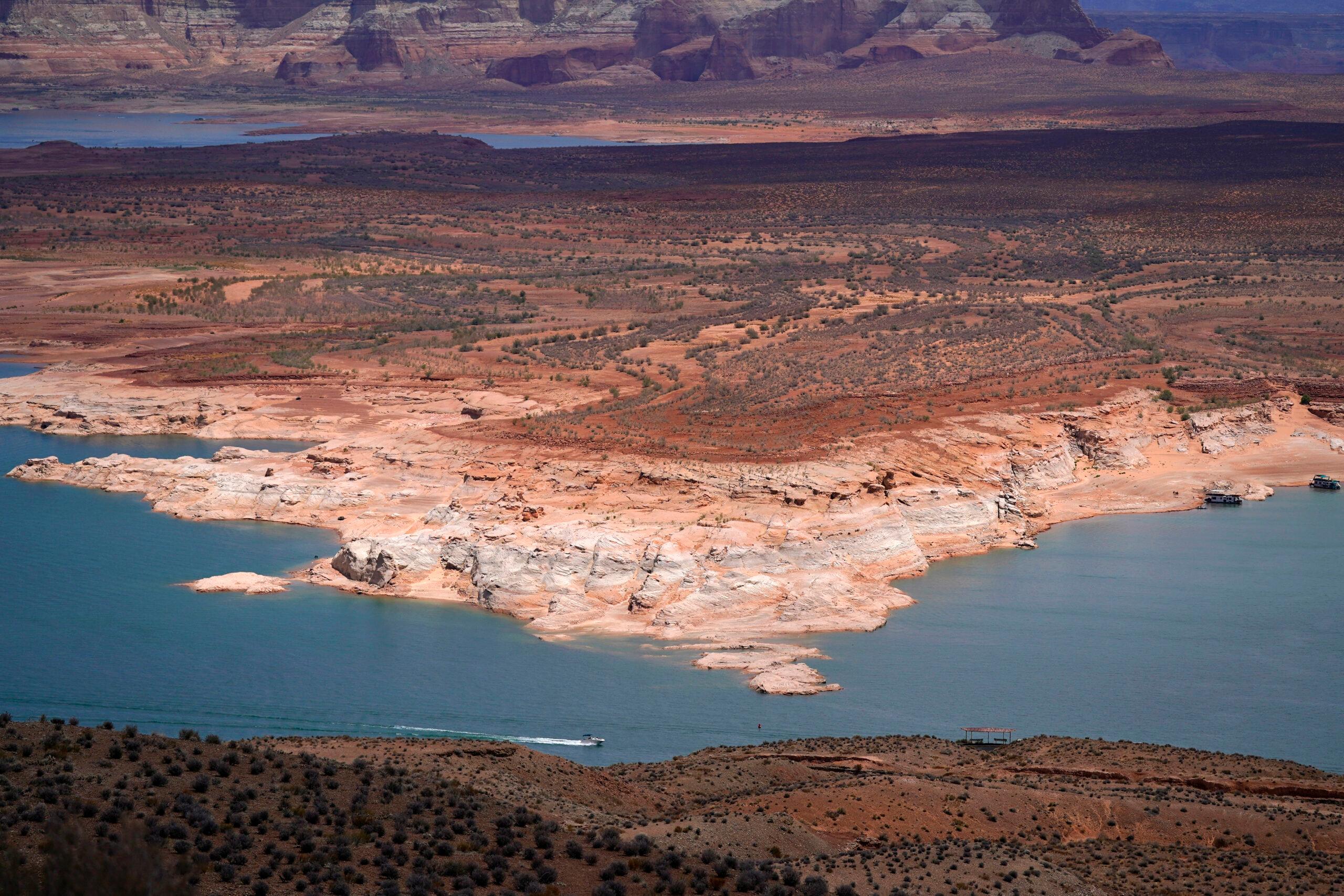
Colorado’s water future could look more like Arizona’s. That means a lot less snow and water for the Colorado River.
Colorado could be more like Arizona by 2080, new research suggests. The drier and warmer conditions would mean less snow melt making its way from the Rocky Mountains into the Colorado River.
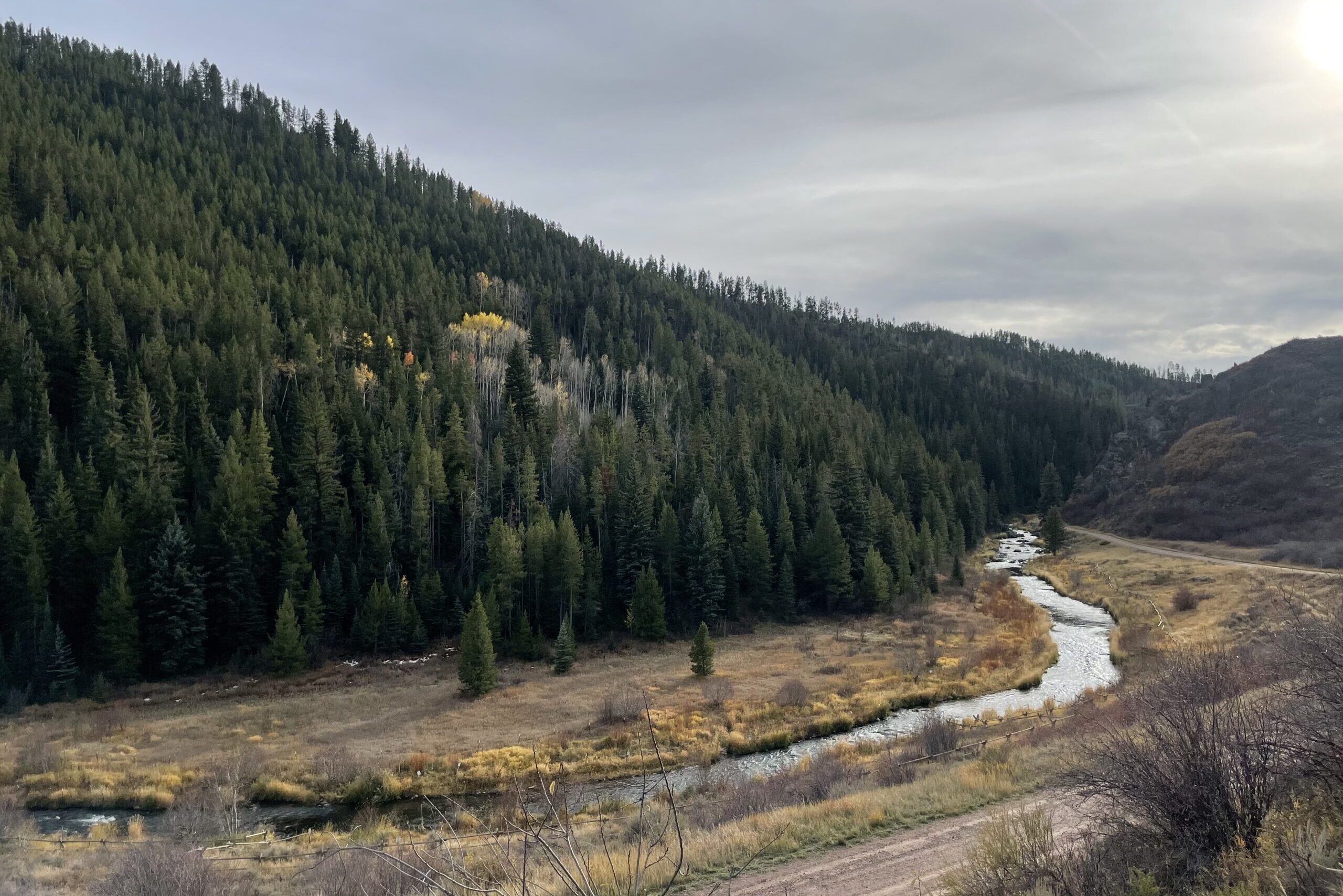
New emergency fishing closure on the Yampa River is spurred by low snowpack, drought and poor reservoir levels
With so little water flowing into the Yampa River below Stagecoach Reservoir, the fish start to stack up and concentrate in low pools of water.

Native American tribes secure spots on the Colorado nonprofit water policy board for the first time
Chairman Manuel Heart of the Ute Mountain Ute Tribe said as water issues become more challenging, tribes need to be at the table of the state’s water policy nonprofit.

San Luis Valley water will not flow to thirsty Douglas County, at least for now
Douglas County commissioners decided they couldn’t use federal COVID relief money to pump water from the south, but will continue to consider the controversial water project.
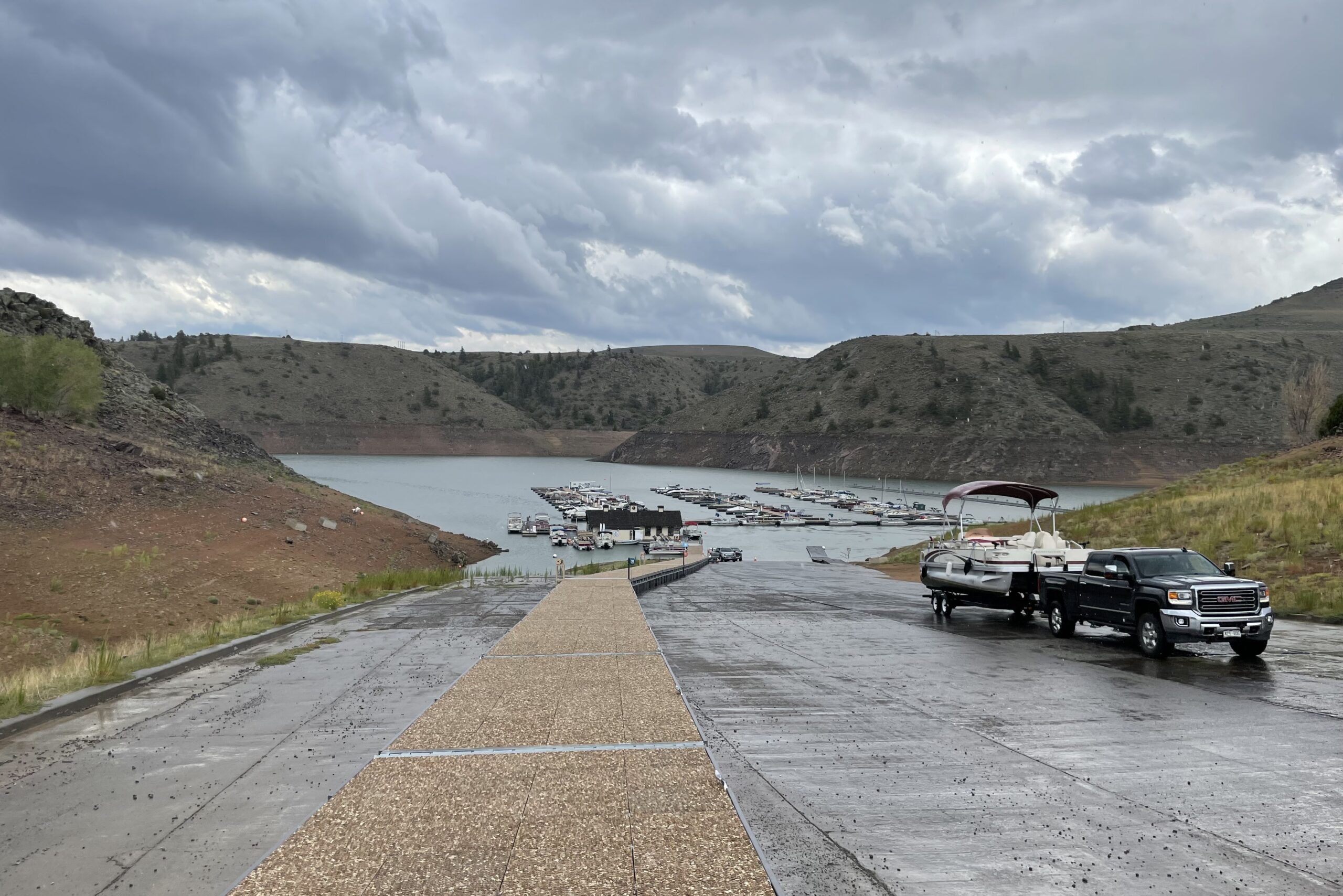
The marinas at Colorado’s Blue Mesa Reservoir won’t open this season as the threat of a water release to Lake Powell looms
Last year, the federal government ordered emergency water releases from Blue Mesa to help protect Lake Powell. There’s worry that will happen again, so the marinas will stay closed.
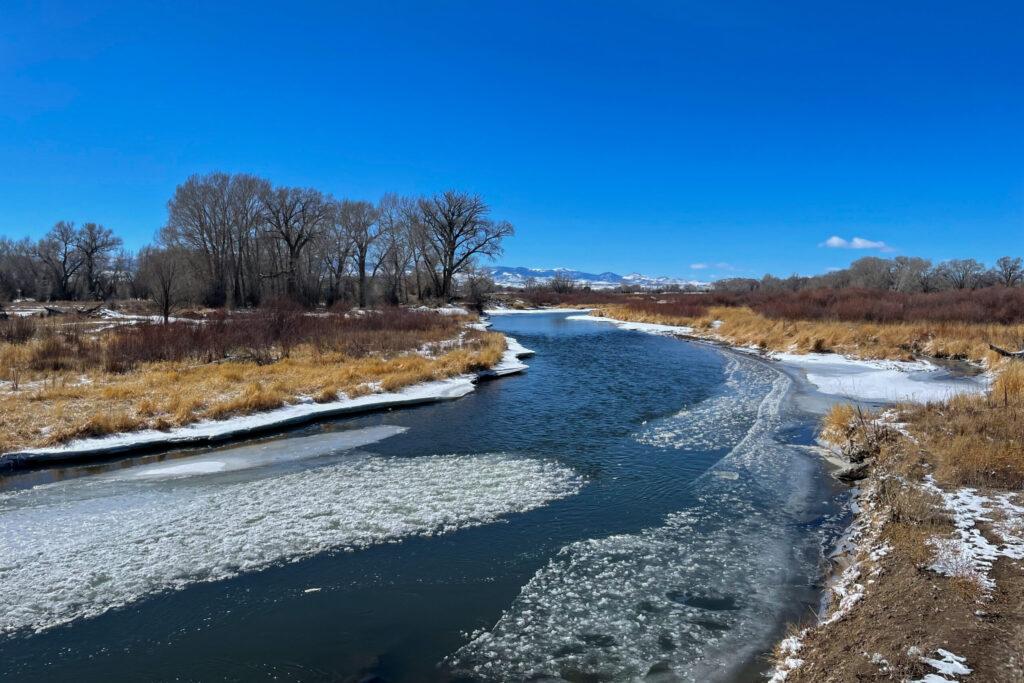
To help refill two struggling underground aquifers, Colorado lawmakers set aside $60 million to retire irrigation wells and acres of farmland
The money would help the Rio Grande and Republican River basins meet state groundwater sustainability deadlines.


